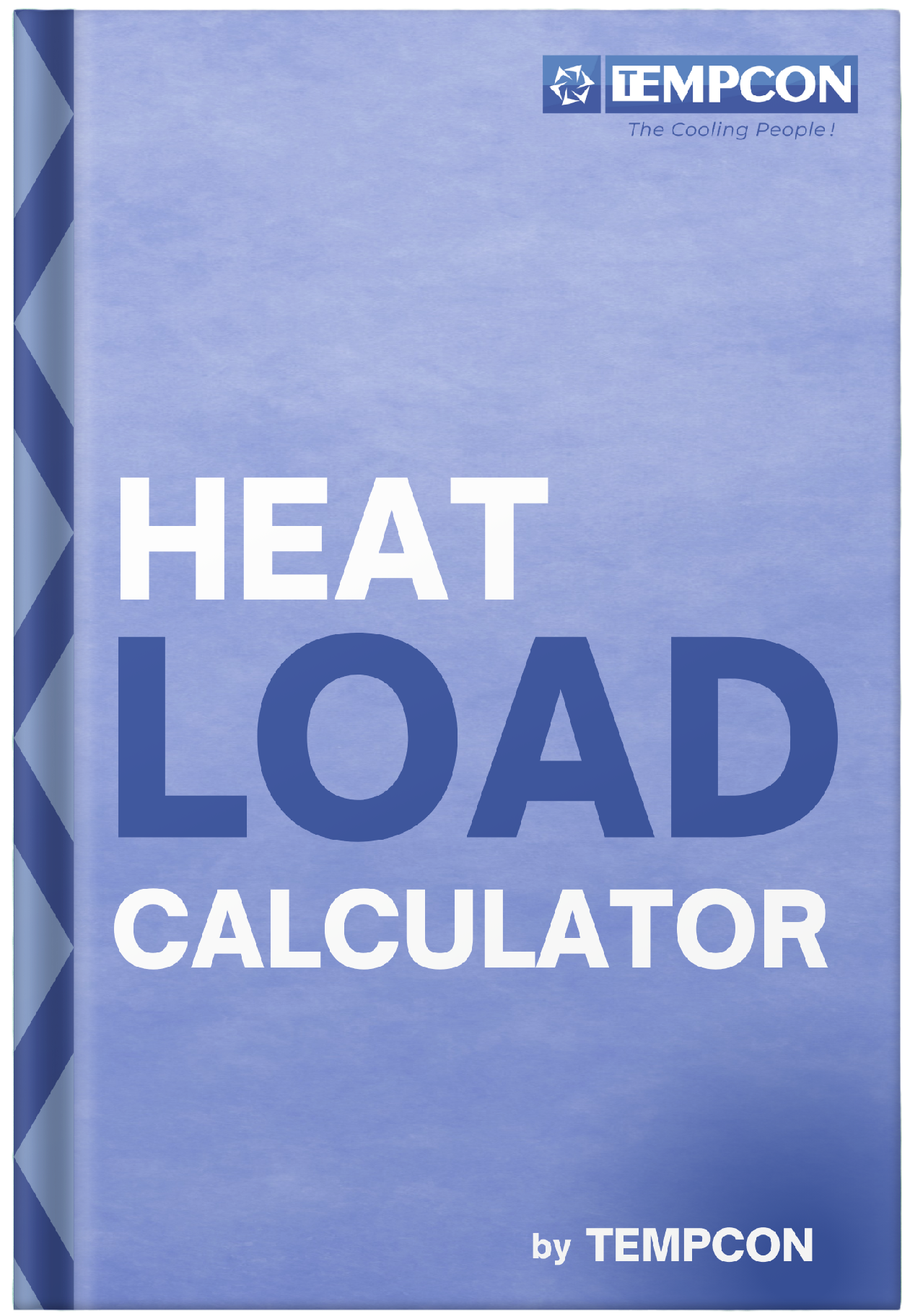 Free Heat Load Calculator
Free Heat Load Calculator
 Free Heat Load Calculator
Free Heat Load Calculator
 Free Heat Load Calculator
Free Heat Load Calculator
Condenser and Chiller Descaling
Condensers and chillers can break down without proper maintenance and care. They both transfer heat from liquid to liquid. They’re designed to minimize heat transfer loss and maximize efficiency. Without regular maintenance, lime, rust, and scale will collect on the waterside of the exchanger – resulting in a loss of efficiency in your heat transfer as well as possible damage to the condenser and chiller.
With our Descaler’s, there’s no need to worry about dismantling or removing the condenser and chiller units before descaling. Our Tempcon’sDescaler is industry leading and leads the market in low corrosion rate.
What is a Chiller?
A Chiller circulates chilled liquid through process equipment. The chilled liquid can be water or a formulated refrigerant. The purpose of a Chiller is to provide cooling to other equipment or to an area.
Most industrial equipment will have inefficiencies over time. Heat is a common byproduct of an inefficient piece of equipment and can cause damage over time when it accumulates. The chiller’s job is to remove heat and cool down equipment. The heat can be routed through the chiller and expelled outside or in a designated area.
What is a Condenser?
A condenser is the cooling unit inside of a chiller. They are a type of heat exchanger and can be classified by what kind of refrigerant or liquid is used to perform the cooling. Typically, we see scale build-up on the inner wall of the condenser. This will affect the efficiency of the heat transfer by increasing the condensing temperature. Resulting in an increase of energy-use and a decrease of cooling capacity.
Condenser and Chiller Descaler Instructions
